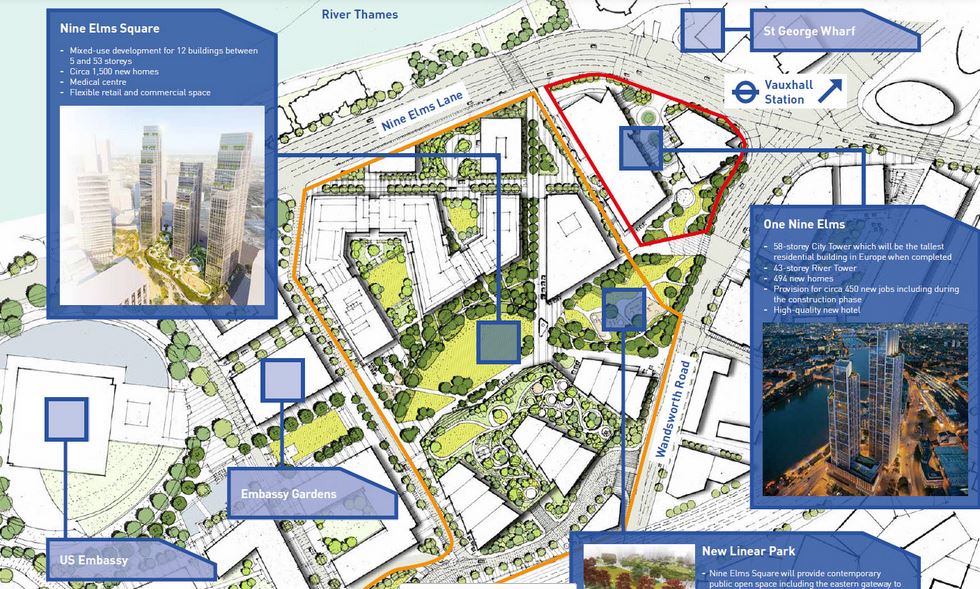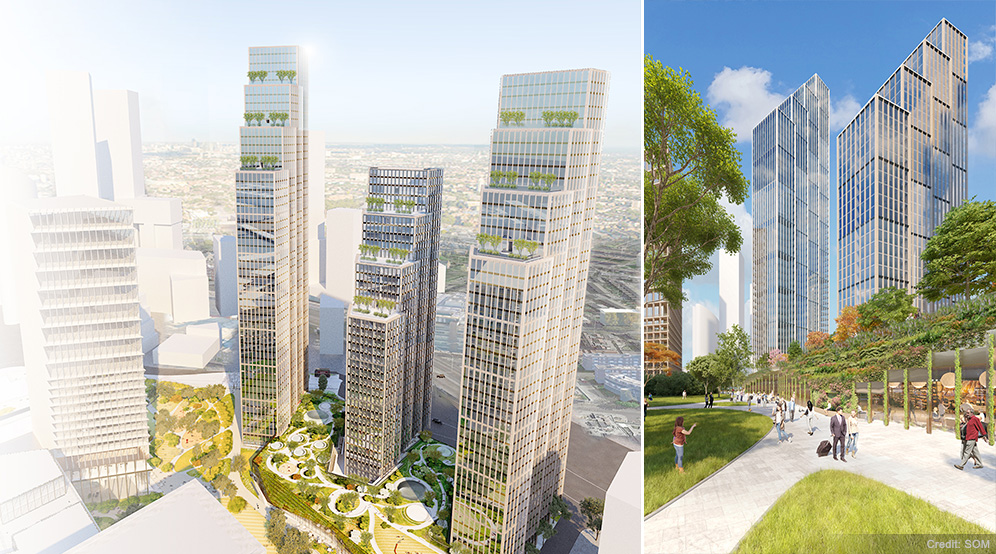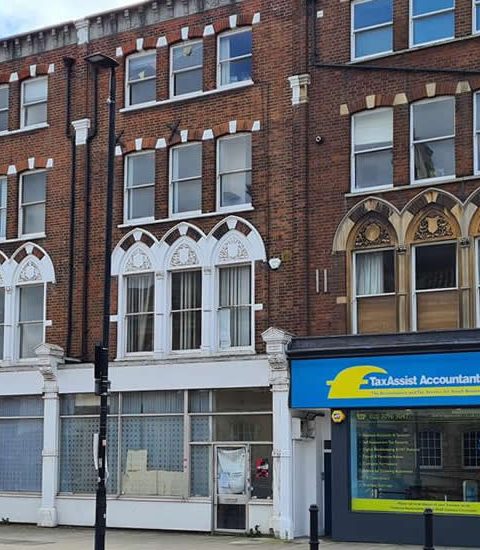In recent days, analysts have been focused on the Chinese property market: it has been revealed a few days ago that the Chinese Property giant Evergrande was sinking under £215bn of debts and has missed at least two payments to its largest creditors.
With fears of bankruptcy, the company announced in September 22nd that they agreed to pay interests on a small part of their liabilities. But with the Chinese property market plunging into turmoil over the difficulties of Evergrande, there has been fears of contagion that could hit London and have dramatic consequences in Nine Elms.
According to Bloomberg, there is a risk to see repeated the consequences of the Lehman Brothers collapse that stroke the world in 2008. They said: “The world’s most indebted developer has given no signs of having met the $83.5 million coupon payment, which has the grace period before any default could be declared.”
And guess who is a large investor in Nine Elms developments? China, of course. Although according to the ECB (European Central Bank) the impact of a collapse should have limited consequences on continental Europe, this is not the same for London, and especially Wandsworth.
Chinese investment has been a booster for many property developments in London for more than a decade. For example the Ram Brewery site in Wandsworth was bought by Greenland Group, the giant state-owned Chinese property developer, in 2014 (from London-based British developer Minerva). In May 2021, however, Greenland put it up on sale, raising concern about the future of foreign property investments in the UK.
Nine Elms in the hands of China
While all eyes are on China Evergrande Group’s estimated US$300 billion of outstanding liabilities, it was also reported a few days ago that R&F, the Chinese property developer based in Guangzhou, which is building a large part of the Nine Elms development close to Battersea Power Station, is to borrow £750m from its chairman and its CEO over the next few months. Some analysts are glancing at R&F’s balance sheet with worry, where £9bn are due by 2028, according to Bloomberg’s data.
R&F took over construction from previous Chinese developer Dalian Wanda, which pulled out following pressure, by the Chinese government, to reduced foreign investment. Until 2013, Wanda was one of the most aggressive overseas investors. Wanda owned the One Nine Elms mixed-use project directly adjacent to Nine Elms Square but struggled to make progress on construction on that project. They also pulled away from the purchase of Nine Elms Square, as their difficulties were revealed in 2016 as prices for new homes in South London started to slide.
Although R&F told its UK operations will be unaffected, rumours said that they could follow the same patterns as Wanda and pull out of Nine Elms.
It would be a drama as R&F has invested more than £1bn into London’s biggest luxury housing projects and much of the regeneration is dependent on their delivery.

Investors flee nightmare on Nine Elms street
The Telegraph published an article on September 10th, with a scary title (and no question mark!): Investors flee nightmare on Nine Elms street. According to the newspaper, a source on a neighbouring site said:
“There’s a massive centre of gravity on R&F within Nine Elms, success or failure may come down to how they handle the situation. Currently, I don’t think 100pc of the developments will be built and that could pose a huge issue.”
Nine Elms is not the first redevelopment of a major area of central London and King Cross/St Pancras is often cited as an example of successful redevelopment, with a sense of community and inclusive size of development.
In contrast, much flat development work in Nine Elms can be found somewhere else in London (for example in Neo Bankside buildings around the Tate Modern): rectangular glass boxes (also called glass-walled homes) stacked high into the air within massive glass buildings. Why? Because London has been the playground of the same ‘starchitects’ for the last 15 years amongst them Frank Gehry, Norman Foster, Sir Terry Farrell, Rafael Viñoly… etc.
Before the pandemic, Nine Elms was already a reason for concern. Website Building wrote in 2016:
“It is, if you read many recent reports, about to become the biggest disaster in UK development: a victim of London’s prime property downturn, which will leave the area an unfinished and incoherent mess of bland, investor-targeted flats, empty of people and haunted by the shattered dreams of over-ambitious developers.”
Indeed, 5 years ago, warnings were already highlighting a consequence of the lack of projection from the stakeholders on Nine Elms: if you saturate the London Market with luxury housing projects, then sooner rather than later the appetite for overprice accommodations will dry up, causing a fall in “prime” prices. Nowadays, according to the Telegraph, citing a local estate agent, only a quarter of available units have occupancy, with many being students or short term residents.
Even when the chief executive of Battersea Power Station Development Company tries to justify that “the average resale value was running at 30% above sale price, it’s come down a bit to 20%“, he only underlines that most of those development are just speculative investments, not real accommodations for long-term residents. And stories about local residents having to use the back doors of their luxury buildings are just starting.
To conclude, the Telegraph cites sharp criticisms portraying Nine Elms as “a failure of market economics – “sky pools” for some and hefty service charges for others” where “those in charge of Nine Elms are overly focused on spectacle and luxuries as opposed to the realities of building an entirely new hub“. ‘Those‘ means obviously Wandsworth Council!
















